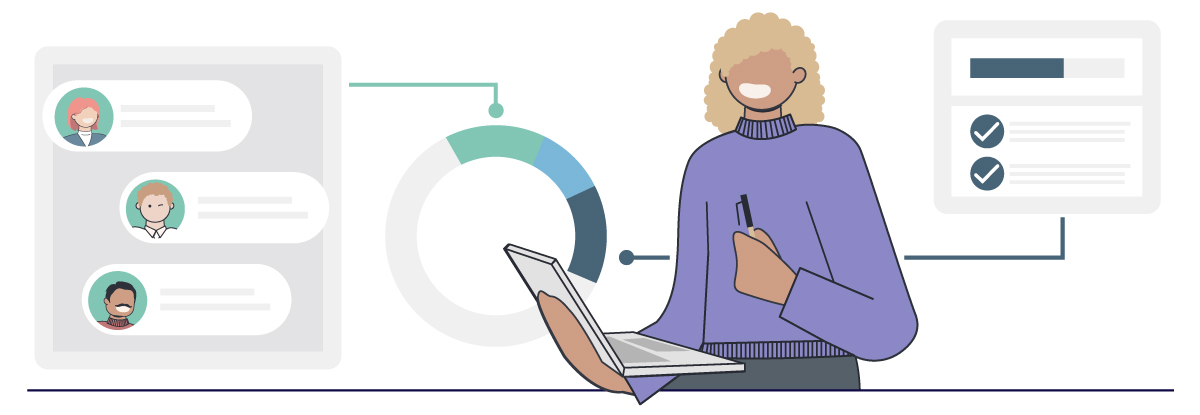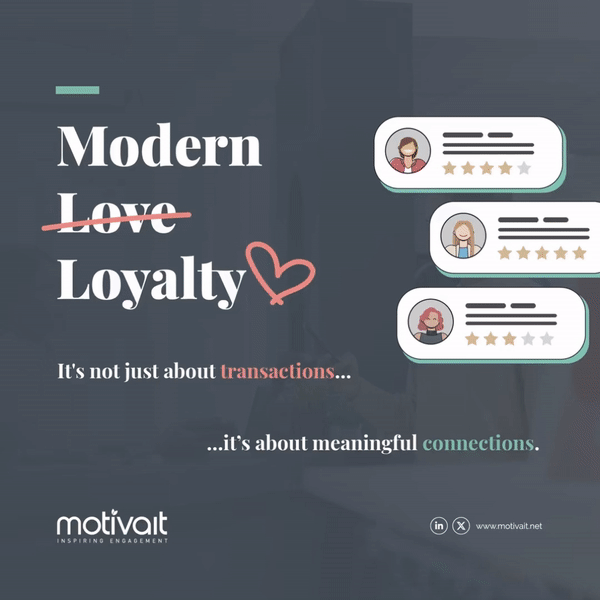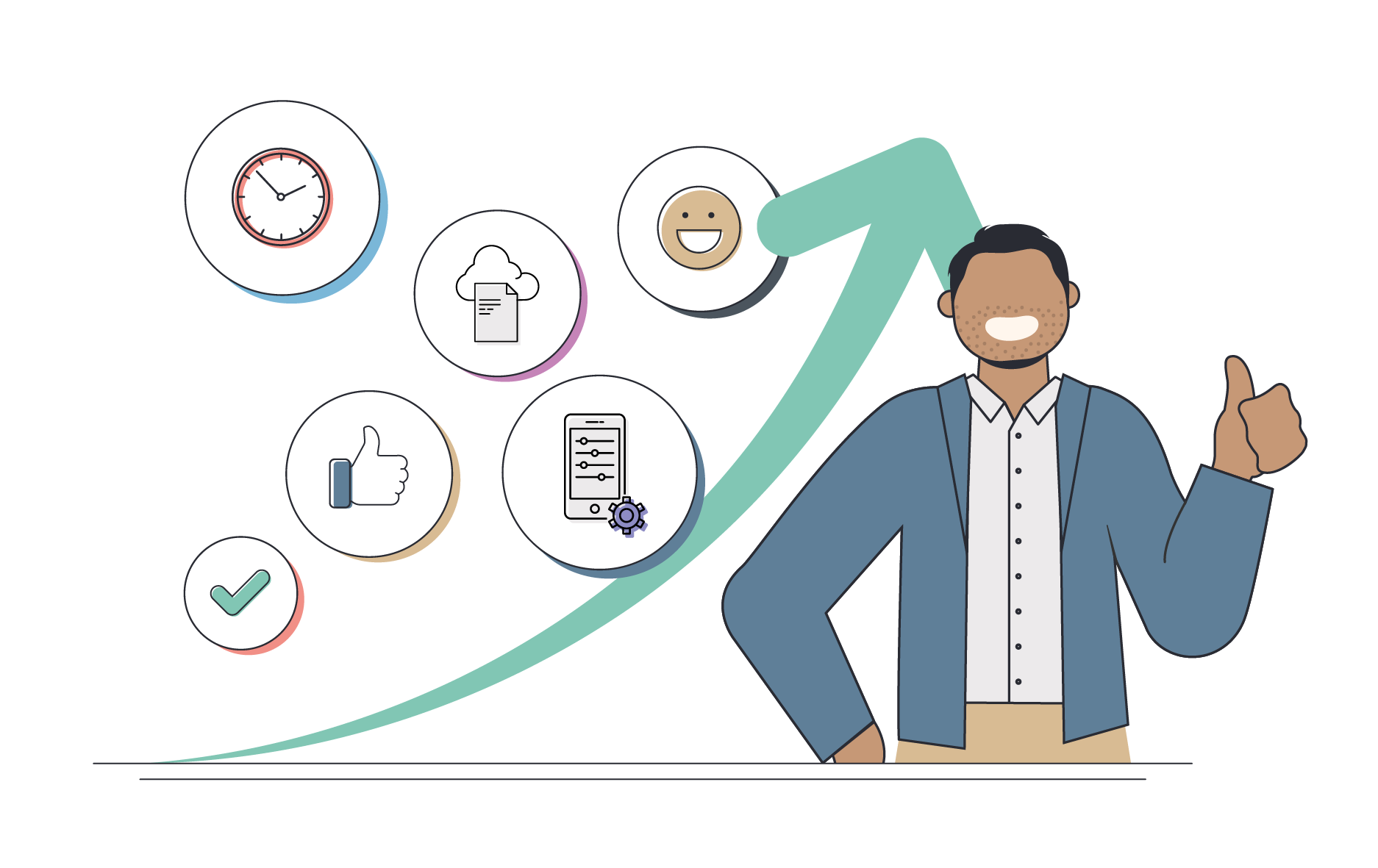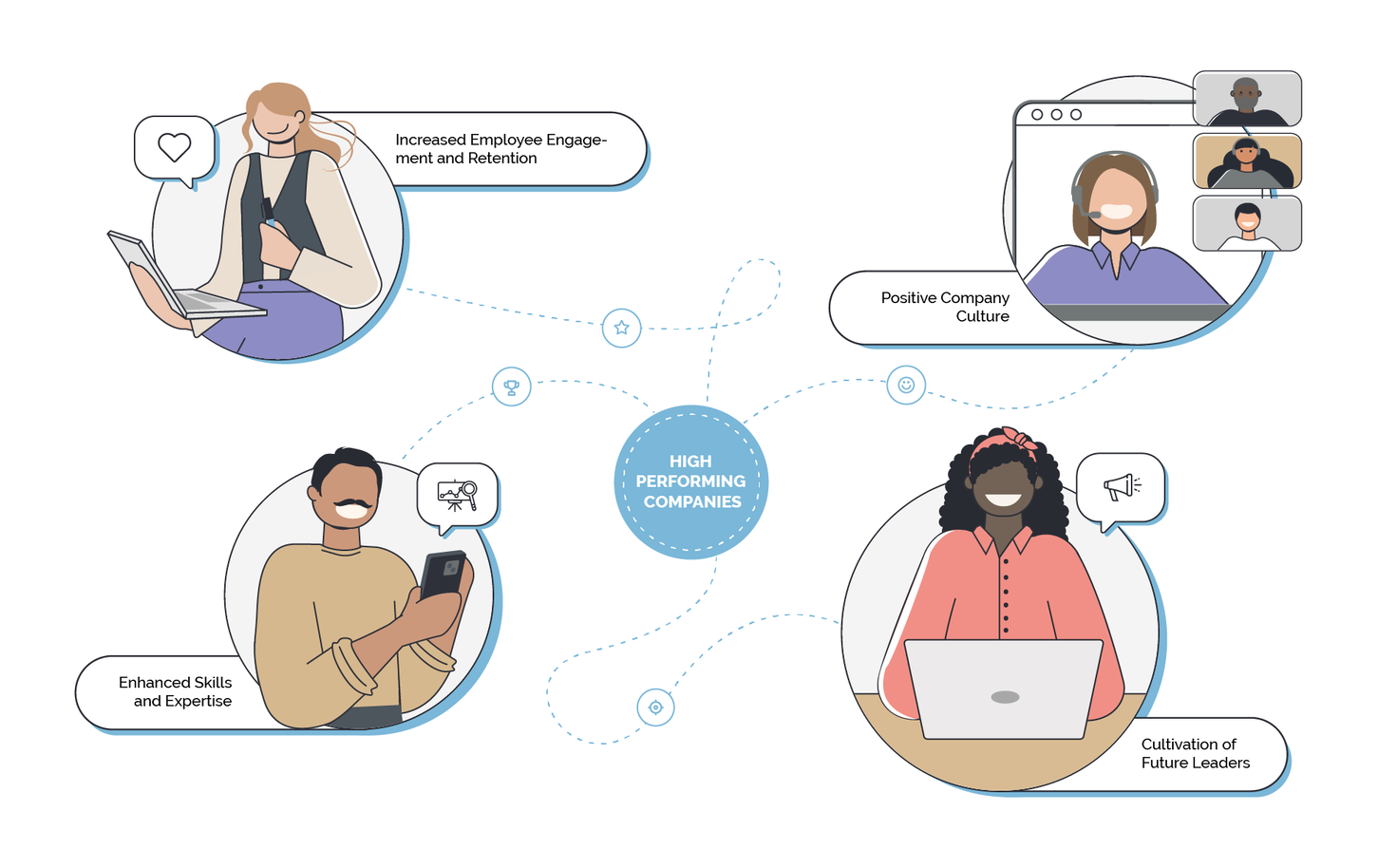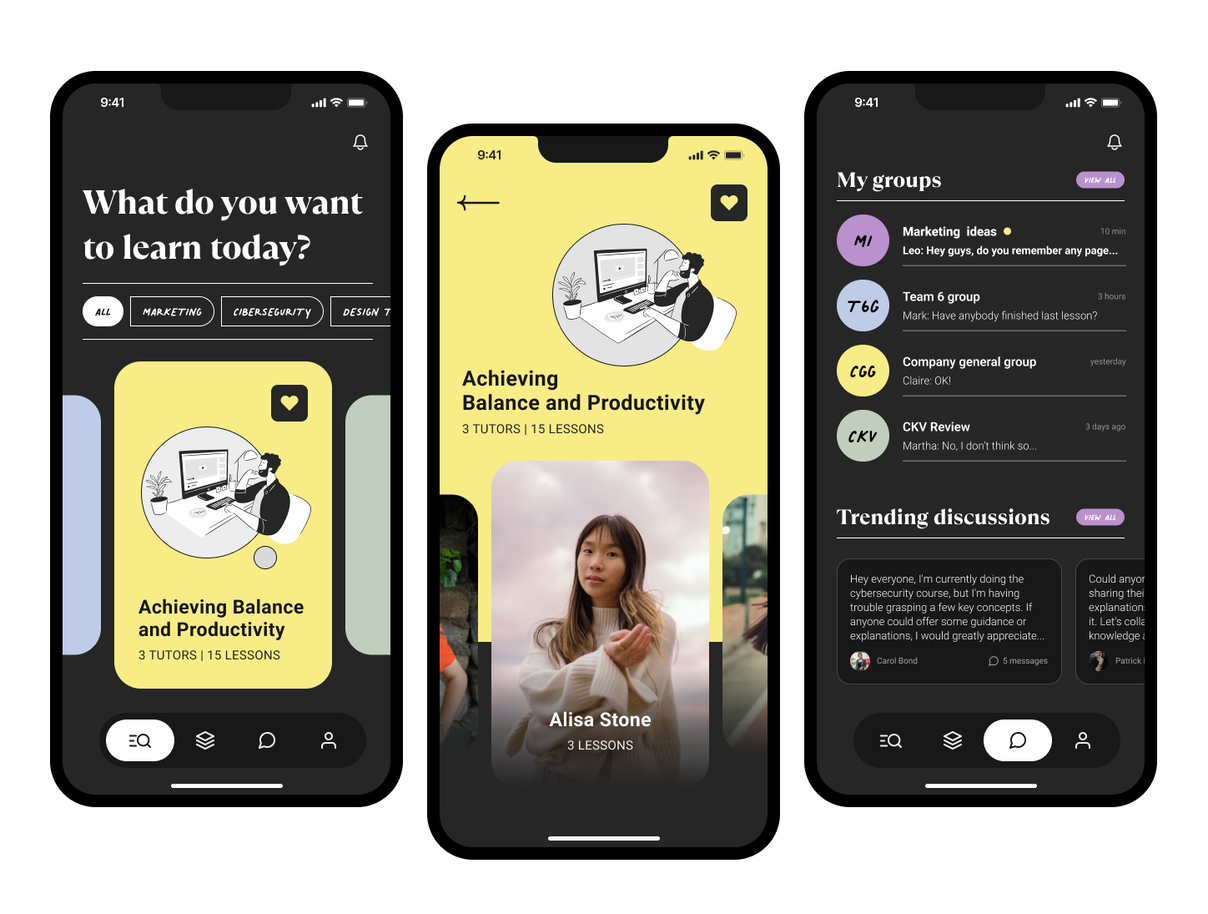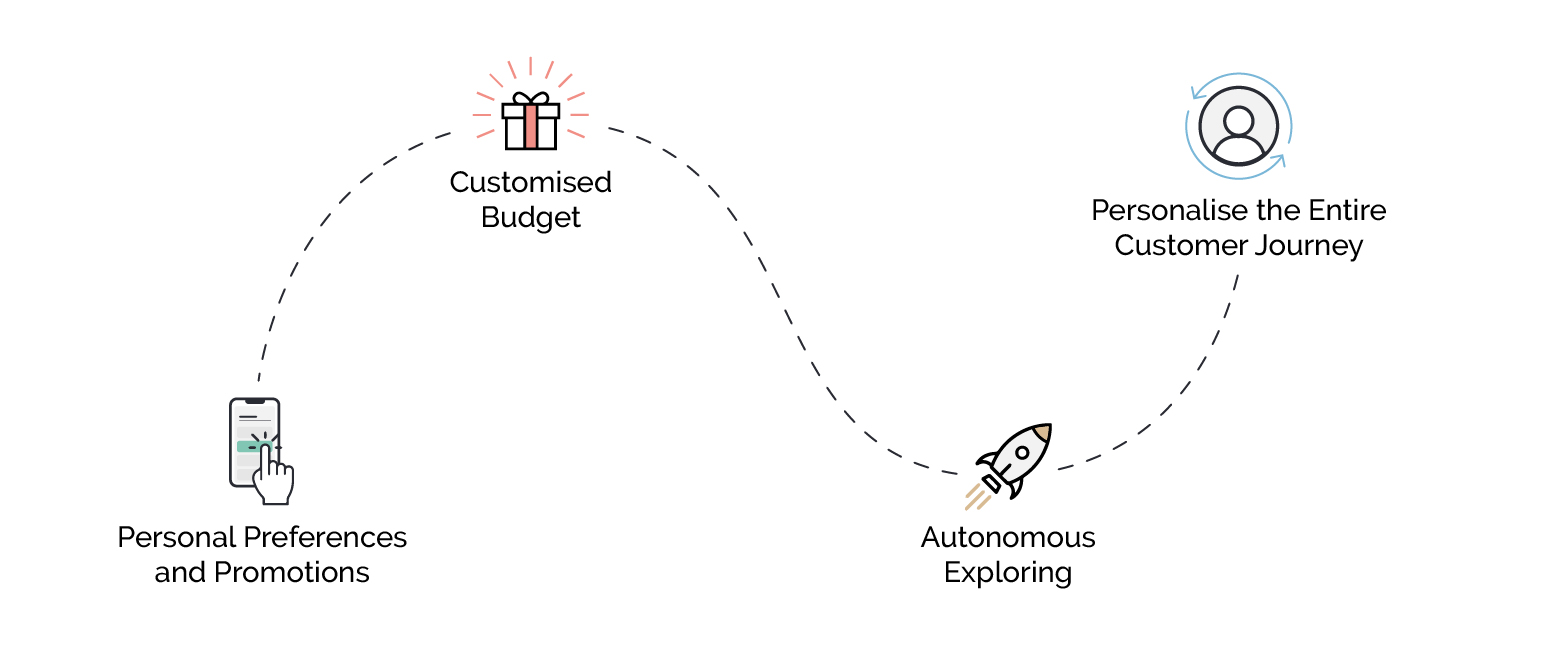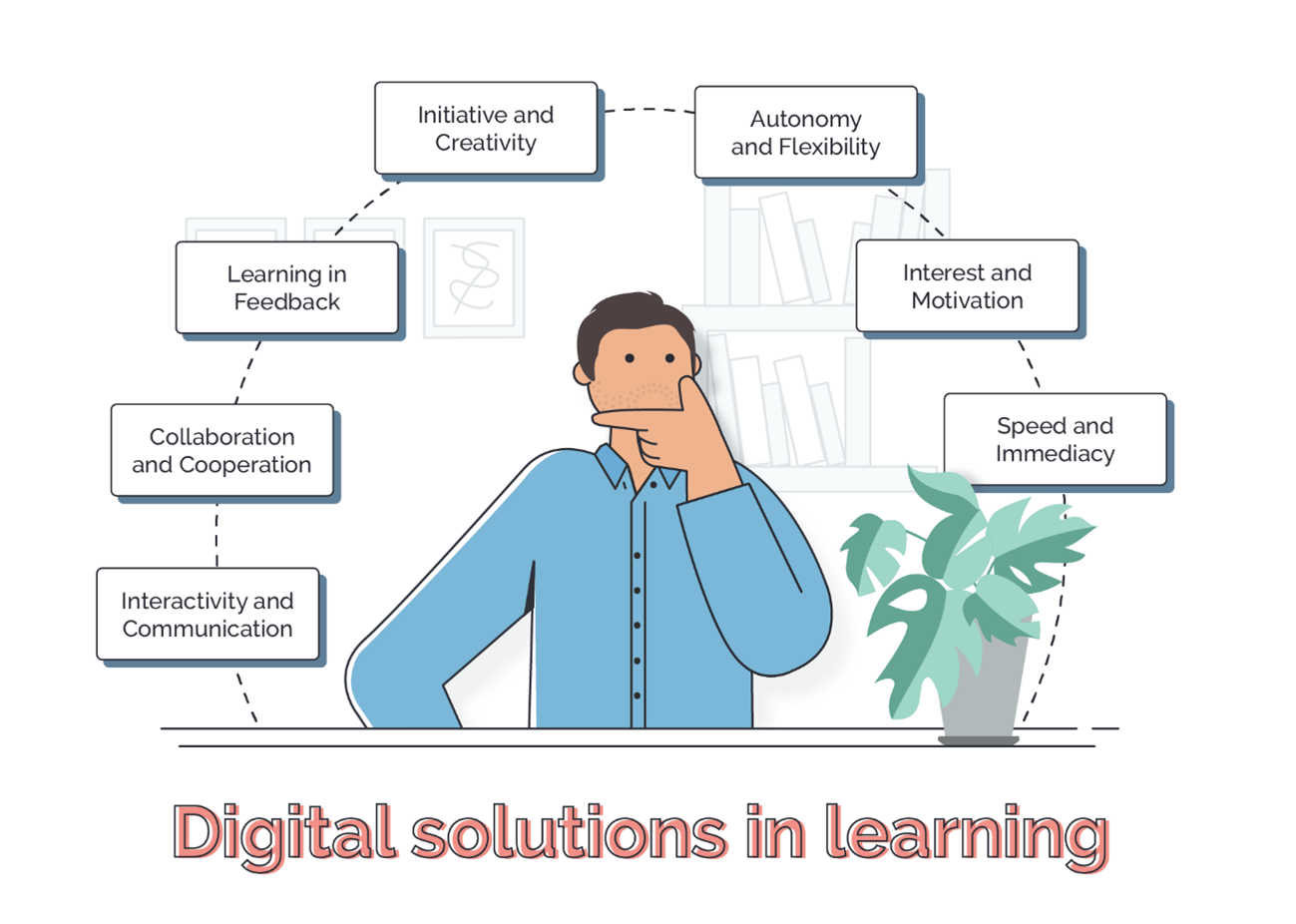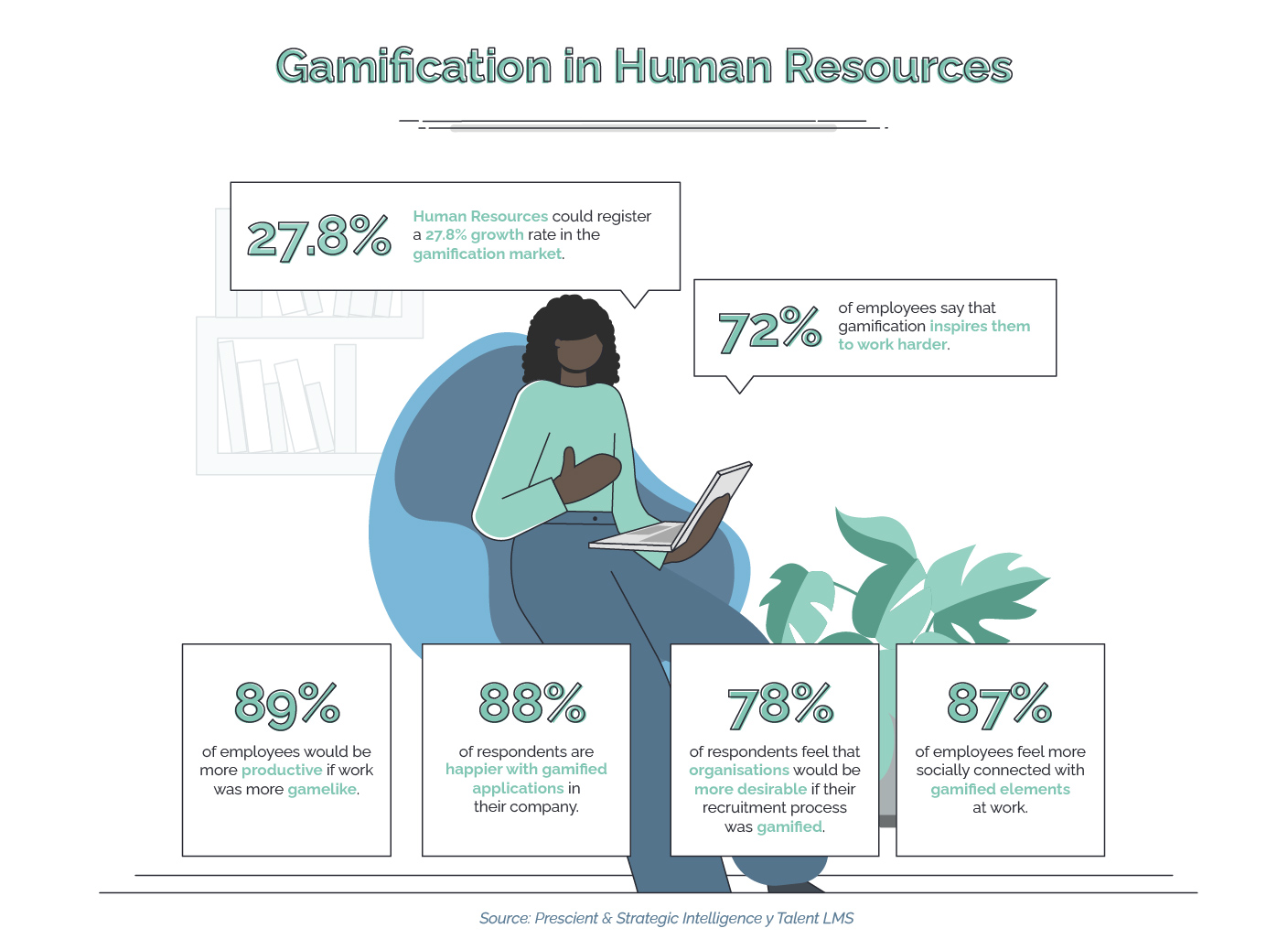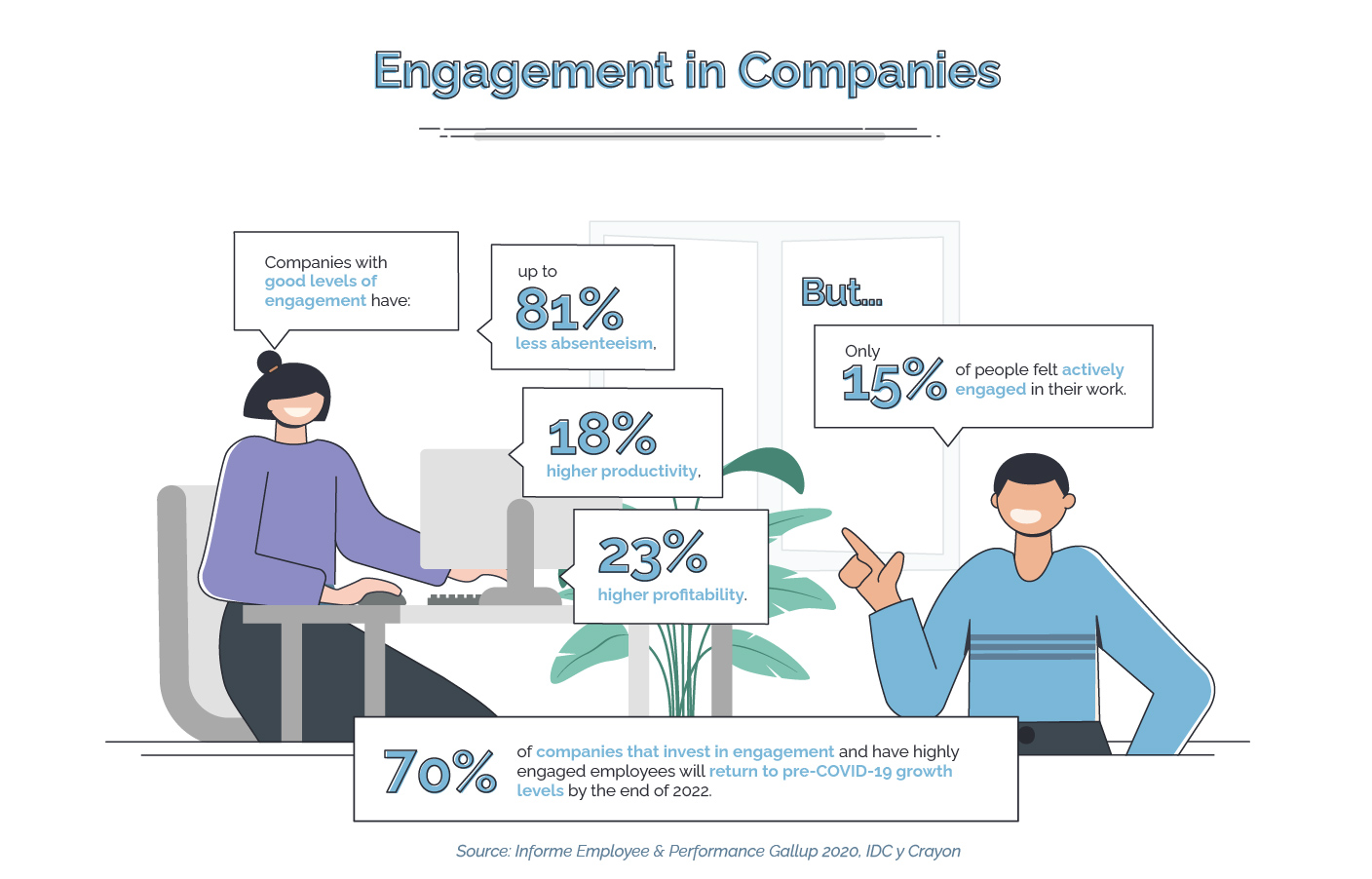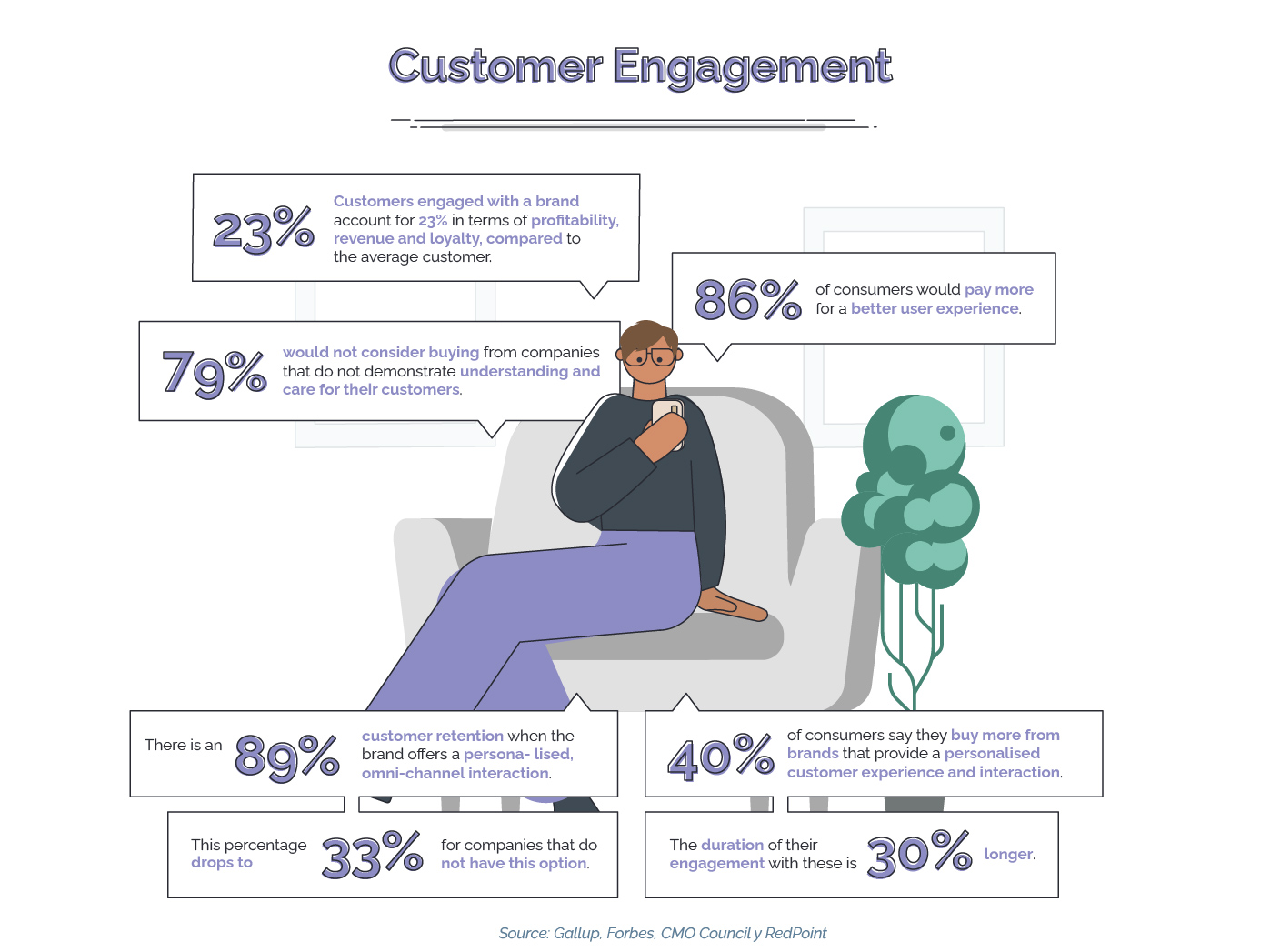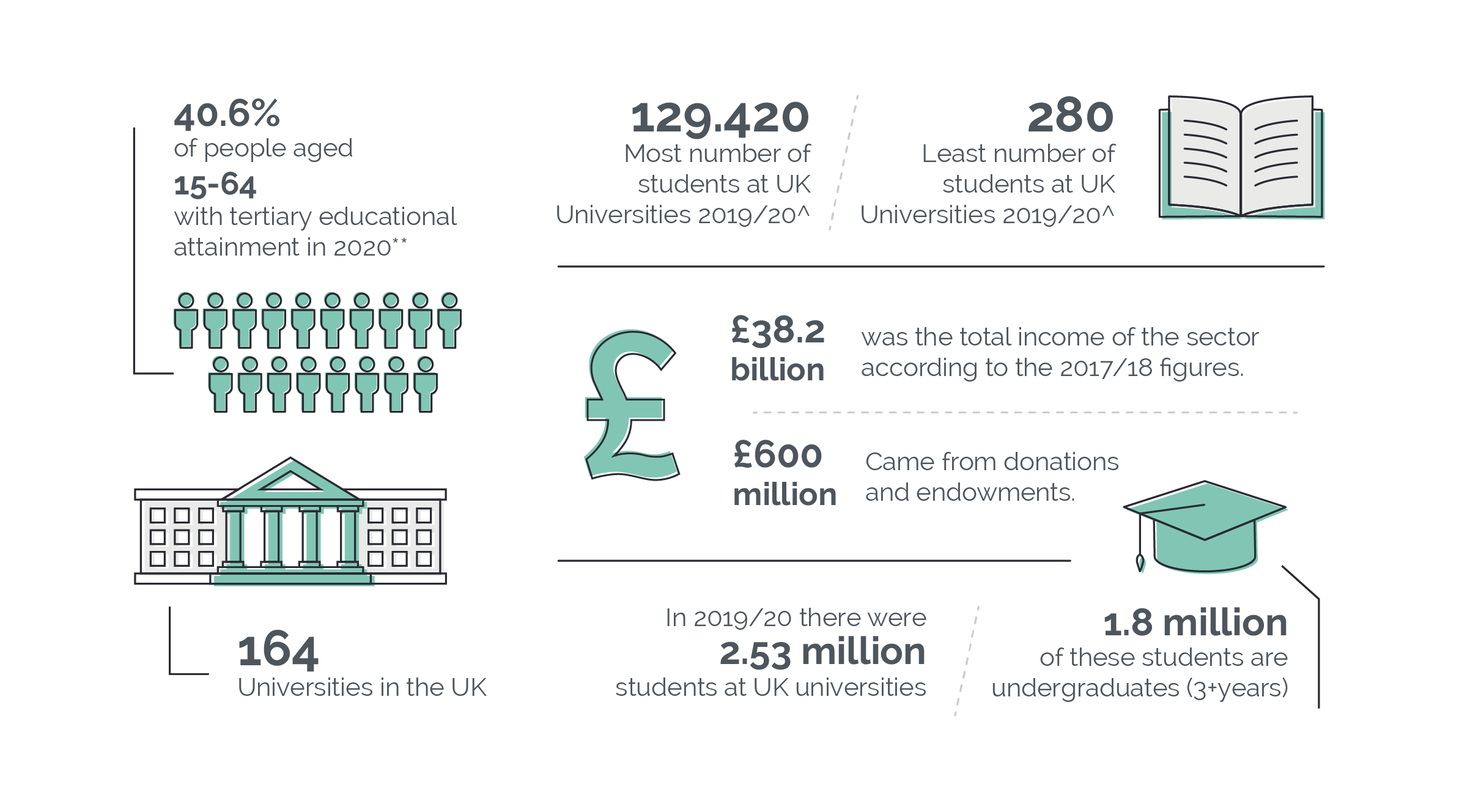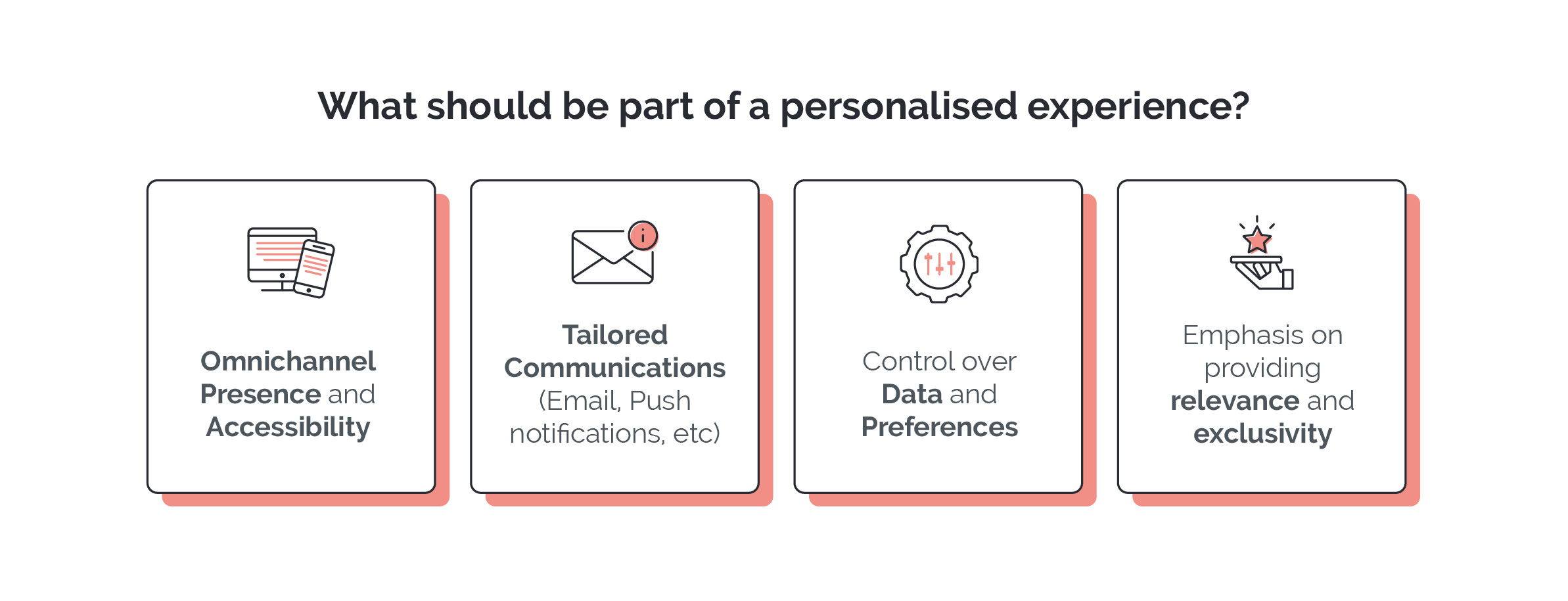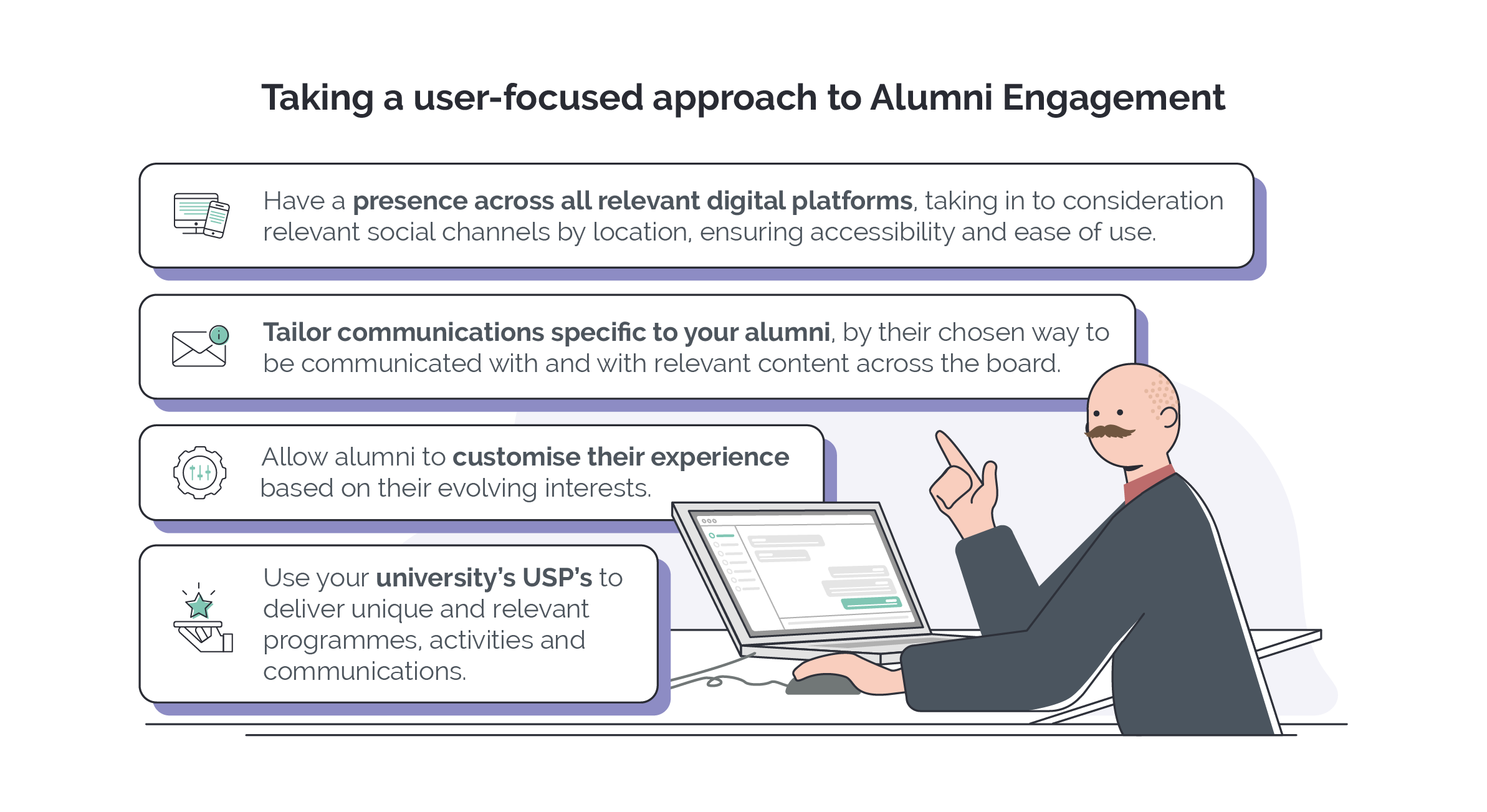Let’s talk about the often-overlooked period between someone accepting a job offer and the first day in the role: the pre-boarding experience. Here’s why it’s crucial and the tangible benefits it brings to both new hires and organisations:
- Engaged from the start: Build on the excitement and enthusiasm from the recruitment process and start to build a sense of belonging before they even start their new role.
- Accelerated ramp-up: Using the time between acceptance of the offer and the start date allows new hires to hit the ground running and shortens the time to productivity.
- Cultural immersion: Pre-boarding offers an opportunity to introduce new hires to the company’s culture, values, and mission, helping them understand what makes the organisation tick and show how they can start to contribute to its success.
- Connection with new colleagues: An opportunity to build important and valuable relationships prior to joining can lead to a smoother integration into the team.
- Reduced stress and uncertainty: Reinforce the new hire’s decision to join and help alleviate any doubts by providing a clear narrative for them as they prepare for their first day.
- Retention and Loyalty: It makes new hires feel valued and appreciated. This early investment in their success can optimise loyalty, commitment and retention.
- Brand enhancement: A positive pre-boarding experience contributes to a strong employer brand, which is crucial for attracting, engaging, and retaining talent.
By recognising the importance of the pre-boarding experience and leveraging it to its full potential, organisations can set new hires up for success quickly, minimise the risk of early attrition, drive engagement, enhance their brand and achieve greater organisational success.
If you are looking for creative and effective ways to build an exceptional pre-boarding experience then here at Motivait, we can help.
We design, develop and deliver digital experiences to enhance employee knowledge, connections and engagement.

